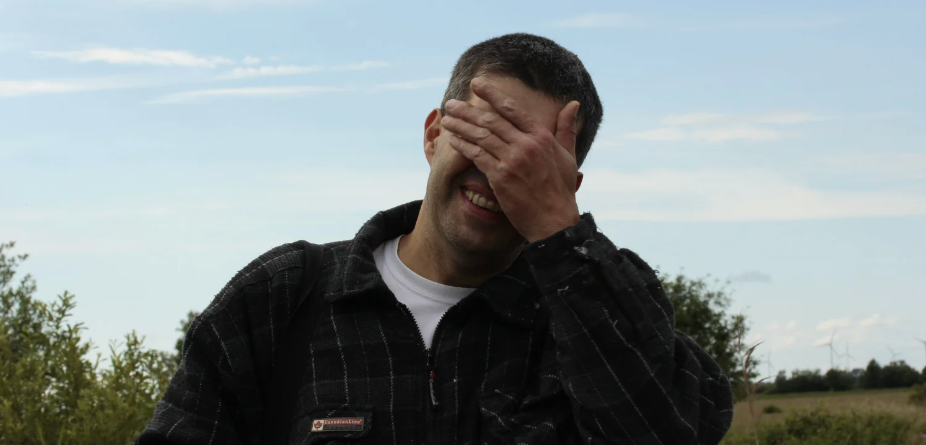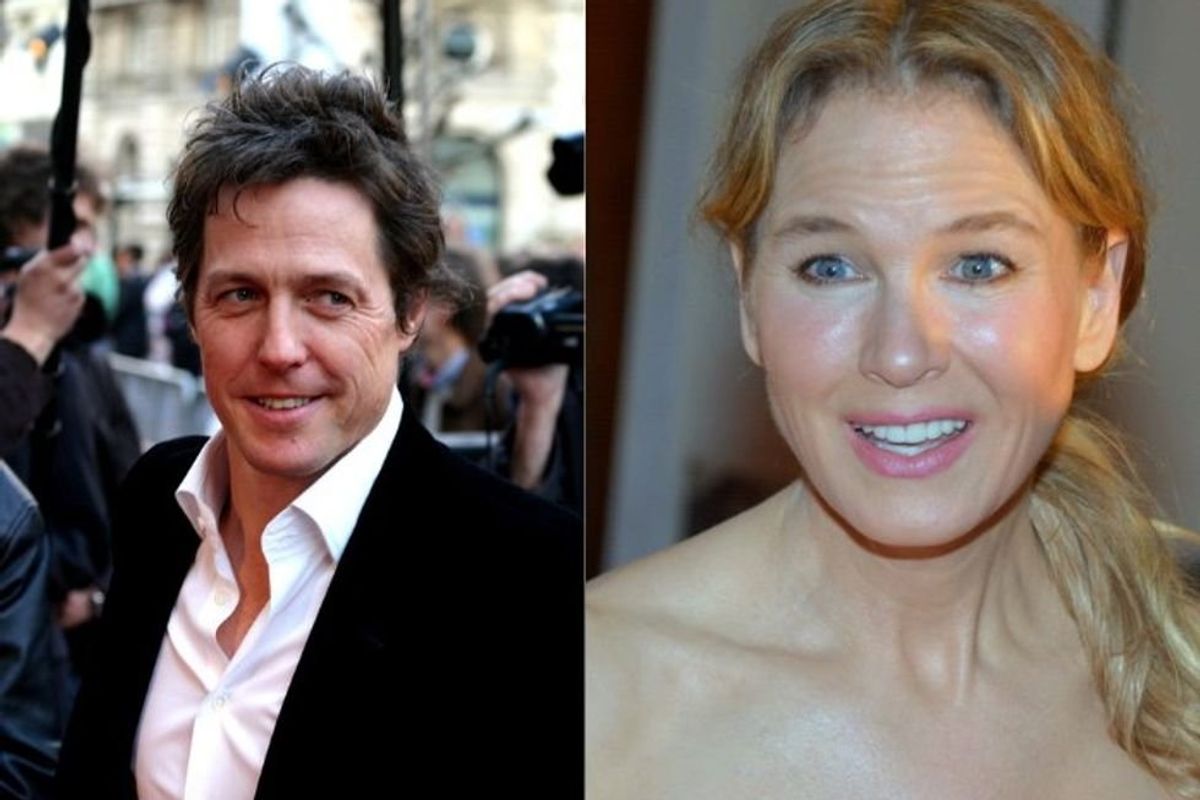Hillary Clinton responds to controversy over a former campaign employee in a viral post.
Minutes before Donald Trump took the stage to deliver this year's State of the Union address, Hillary Clinton published a story of her own.
Four days after a New York Times report uncovering Clinton's mishandling of a sexual harassment allegation against the faith advisor for her 2008 campaign, the former Secretary of State offered a thorough response on social media. It's probably safe to say it's not a coincidence that the explanation was posted while the rest of the political world was busy watching Trump, likely with hopes that it'd go largely unnoticed and she'd be able to put this issue behind her.
With that said, there is a lot of substance to the statement, and it's certainly worth a read. In case you're feeling a bit burned out on the news these days, here's a rundown of some of the highlights.
1. "The short answer is this: If I had it to do again, I wouldn’t."
Clinton opens the statement by saying, "The most important work of my life has been to support and empower women." So why was it that Burns Strider, the faith advisor accused of harassment, was given a pass? And why was it that the woman who reported being harassed was punished for his actions and given a different job on the campaign?
In short, Clinton says, it was a lapse in judgment — one she explains in more detail later in the post.
2. "I asked for steps that could be taken short of termination."
It was Clinton's call not to fire Strider, a decision that conflicted with the advice of her then-campaign manager. After receiving the complaint, the campaign determined that Strider did, in fact, act inappropriately around the woman. Still, Clinton says she "didn't think firing him was the best solution to the problem."
"He needed to be punished, change his behavior, and understand why his actions were wrong," she continues. "The young woman needed to be able to thrive and feel safe. I thought both could happen without him losing his job. I believed the punishment was severe and the message to him unambiguous."
Photo by Chip Somodevilla/Getty Images.
3. "I’ve been given second chances and I have given them to others. I want to continue to believe in them."
Second chances are important, and sometimes people can change for the better. While Clinton notes that Strider went the rest of the campaign without any additional complaints, he was eventually fired from another job years later for similar behavior.
"That reoccurrence troubles me greatly, and it alone makes clear that the lesson I hoped he had learned while working for me went unheeded," she adds. "Would he have done better — been better — if I had fired him? Would he have gotten that next job? There is no way I can go back 10 years and know the answers. But you can bet I’m asking myself these questions right now."
4. "When The New York Times reported on this incident last week, my first thought was for the young woman involved."
The person who matters most in this story is one whose name might never be known to the public. Clinton and Strider are just an ancillary focus here; it's the woman who was harassed who deserves our thoughts and concern. According to Clinton, she reached out to the woman after the Times report was published, to offer her apologies and to better understand what happened.
"I called her not knowing what I’d hear," Clinton writes. "Whatever she had to say, I wanted her to be able to say it, and say it to me."
From Clinton's retelling of the conversation, the woman says that "she felt supported back then — and that all these years later, those feelings haven't changed." Maybe that's how the woman truly feels, and if so, that's great to hear. "She's read every word of this and has given me permission to share it," writes Clinton.
Photo by Win McNamee/Getty Images.
5. "For most of my life, harassment wasn’t something talked about or even acknowledged."
Clinton's statement offers up some important context. The #MeToo and Time's Up movements have sparked an important and overdue conversation about workplace harassment — sexual and otherwise — but it's only begun to be taken seriously relatively recently.
"More women than not experience [harassment] to some degree in their life, and until recently, the response was often to laugh it off or tough it out. That’s changing, and that’s a good thing," she writes.
6. "No woman should have to endure harassment or assault — at work, at school, or anywhere."
Clinton urges the world to consider "the complexities of sexual harassment, and be willing to challenge ourselves to reassess and question our own views" — doing just that in this lengthy, imperfect-yet-honest post.
"In other words, everyone’s now on their second chance, both the offenders and the decision-makers. Let’s do our best to make the most of it."
Photo by Chris McGrath/Getty Images.
7. "We can’t go back, but we can certainly look back, informed by the present."
Nothing Clinton does now will change her 2008 decision not to fire Strider at her campaign manager's recommendation, but she can use that moment, resurfaced by the Times, to help inform her future decisions.
"We can acknowledge that even those of us who have spent much of our life thinking about gender issues and who have firsthand experiences of navigating a male-dominated industry or career may not always get it right," she acknowledges.
8. "There was no man in the chain of command."
"I recognize that the situation on my 2008 campaign was unusual in that a woman complained to a woman who brought the issue to a woman who was the ultimate decision maker. ... The boss was a woman," she says, noting the role of enablers, even accidental ones.
"Does a woman have a responsibility to come down even harder on the perpetrator? I don’t know. But I do believe that a woman boss has an extra responsibility to look out for the women who work for her and to better understand how issues like these can affect them."
Photo by Joe Raedle/Getty Images.
9. "You may question why it’s taken me time to speak on this at length. The answer is simple: I’ve been grappling with this and thinking about how best to share my thoughts."
Life is filled with hard choices and situations without a clear "right" answer. This, to her, at the time, seemed like one of them. In hindsight, she acknowledges that she made the wrong call. By opening up, she says she hopes it'll take some of these conversations out of the abstract.
This is not a full-throated apology, nor is it a walled-off defense. It's not an example of self-flagellation, nor is it an attempt to ignore the issue at hand. It's simply a Facebook post, by a famously calculated public official showing a bit of humanity, humility, and a willingness to say that she was wrong. It won't make everybody happy, and it might not change many minds. It doesn't answer all the questions, but it does contribute to a much-needed conversation so many of us are currently having.
As far as apologies go, this is far from perfect — it would have been nice if she'd actually said the words "sorry" or "apologize" — but she took responsibility for her actions, and that's a start. It does give us a bit of insight into the mind of Hillary Clinton, and that's certainly a welcome perspective here.




 Woman in denim jacket covers face with sleeve, standing outdoors with blurred background.
Woman in denim jacket covers face with sleeve, standing outdoors with blurred background. Woman with outstretched arms in a sunlit field, enjoying the outdoors.
Woman with outstretched arms in a sunlit field, enjoying the outdoors. Lush forest with vibrant green and orange foliage in soft, misty sunlight.
Lush forest with vibrant green and orange foliage in soft, misty sunlight. Friends laughing and drinking coffee at a cozy cafe table.
Friends laughing and drinking coffee at a cozy cafe table. Woman with curly hair in sunlight, eyes closed, wearing a purple top.
Woman with curly hair in sunlight, eyes closed, wearing a purple top. Man smiling with hand over face, standing outdoors against a blue sky background.
Man smiling with hand over face, standing outdoors against a blue sky background. Hand painting a still life on canvas with blue and orange tones.
Hand painting a still life on canvas with blue and orange tones. Woman sitting on a chair in the water, writing in a notebook at sunset.
Woman sitting on a chair in the water, writing in a notebook at sunset.


 Happy Girl GIF by RetMod
Happy Girl GIF by RetMod  Woman enjoying some self care time.
Woman enjoying some self care time.
 Women walking down a street.Image via Canva Photos.
Women walking down a street.Image via Canva Photos.  Woman aware of her surroundings in a parking garage. Image via Canva Photos.
Woman aware of her surroundings in a parking garage. Image via Canva Photos.
 "You're hilariously brilliant at everything you hate."
"You're hilariously brilliant at everything you hate."  "Bridget is authentically herself…and triumphs in her own way."
"Bridget is authentically herself…and triumphs in her own way."  "They're written in some curious language that I can't really understand."
"They're written in some curious language that I can't really understand."